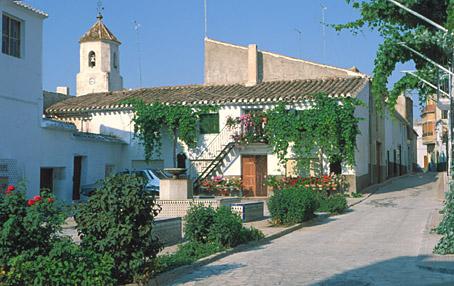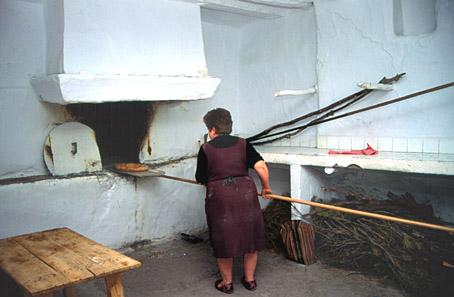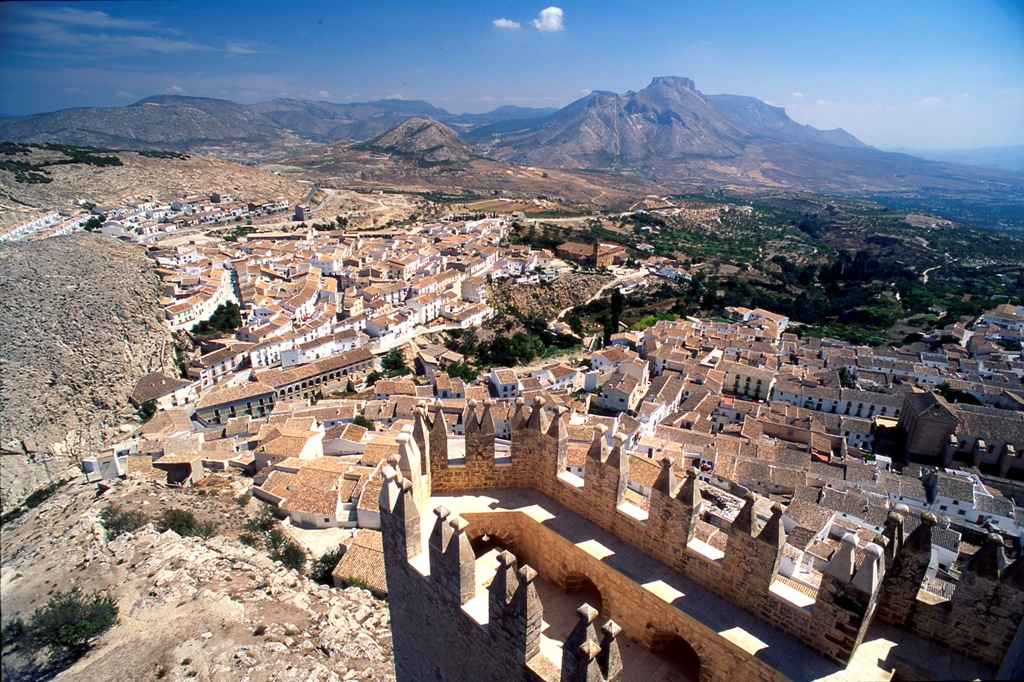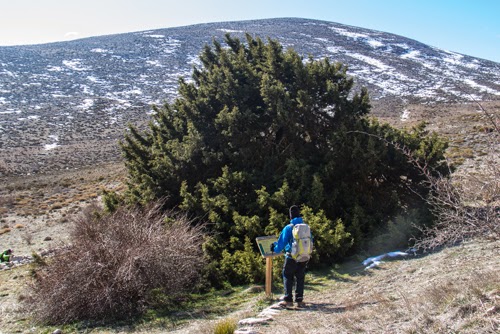Chirivel
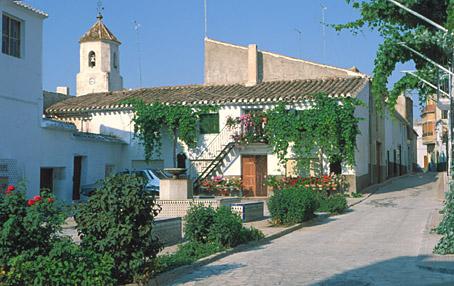
Village belonging to the AREA is included in the Sierra de Maria Natural Park, which is characterized by the continental Mediterranean climate, by its rural mountains of limestone and magnesium limestone and by its forests of pine groves.
The village which obtained its independence from Velez Rubio in 1895, is a secluded, tranquil group of houses and its inhabitants are friendly and hospitable.
History
Its origin lies in a group of farmhouses on the estate of Los Velez. It obtained its independence as a village from Velez Rubio in the year 1895. There is not much agreement about the meaning of its name. According to the Arabists, its name means "Ala's kiss". According to more recent research its place-name is related to the Arabic verb which means "drink from the highest fountain".From the archaeological remains found we know there have been settlements since Prehistoric times. There are also traces of Iberian and Arabic origin, although the most numerous are Roman. In El Villar, a place near the village, magnificent pieces of Roman origin have been found, such as marble columns and golden capitals. For some historians, it is here that the Roman Itinerant Ad-Morum had his mansion. The Roman road Via Augusta that went from Cartagena to Cadiz passed by here. In the excavations carried out in the year 1985, in this AREA of El Villar, a Dionysos was found, a beautiful sculpture which dates from the middle of the second century AD. Some say that it could be a likeness of Antinoo, a favourite of the Emperor Adrian. This sculpture has become the symbol of Chirivel, and the locals call it "El Chirivello".
A characteristic feature of Chirivel is that it has managed to preserve its musical tradition, for example the "cuadrillas de ánimas" and the folksongs of "Rosario de la Aurora". The former are groups of people, generally men, who play in the main festivals, preferably at Christmas (Celebratory Masses, Aguinaldos (Christmas Box) and the Ánimas Dance). The songs of "Rosario de la Aurora", are songs sung by bell ringers, very common in Andalusia and Murcia; their origin is very old. Their aim was to call people to prayer with their rosary beads. They are sung during the Patron Saint festivities, San Isidro, in the penultimate week of August. They go through the streets with this music at dawn to wake everyone up. The song is sung by just one man and the rest of the choir repeat the chorus.
Eminent citizens
Julio Alfredo Egea, poet, born in 1926.

- Max 8
- Min 5
- Max 46
- Min 41
- °C
- °F

